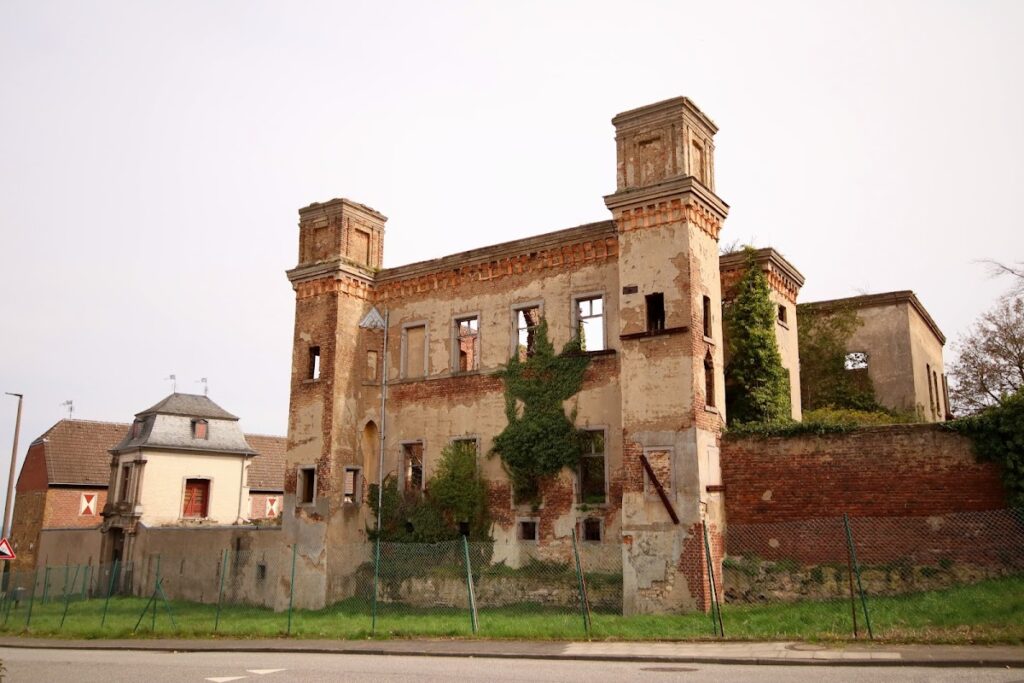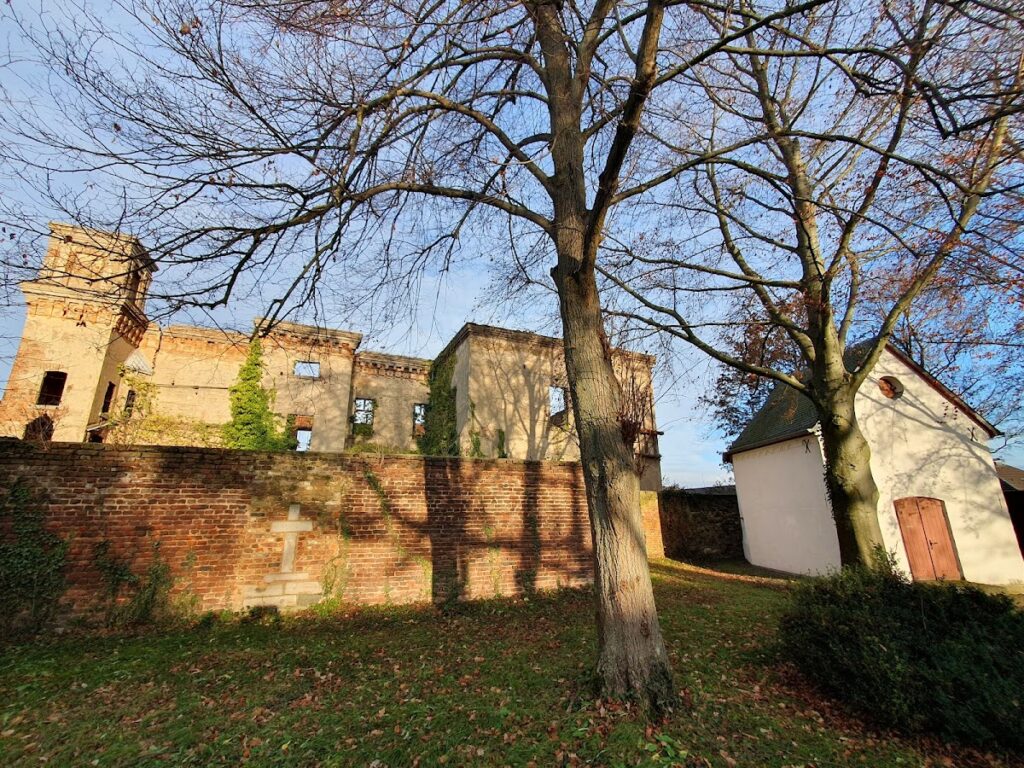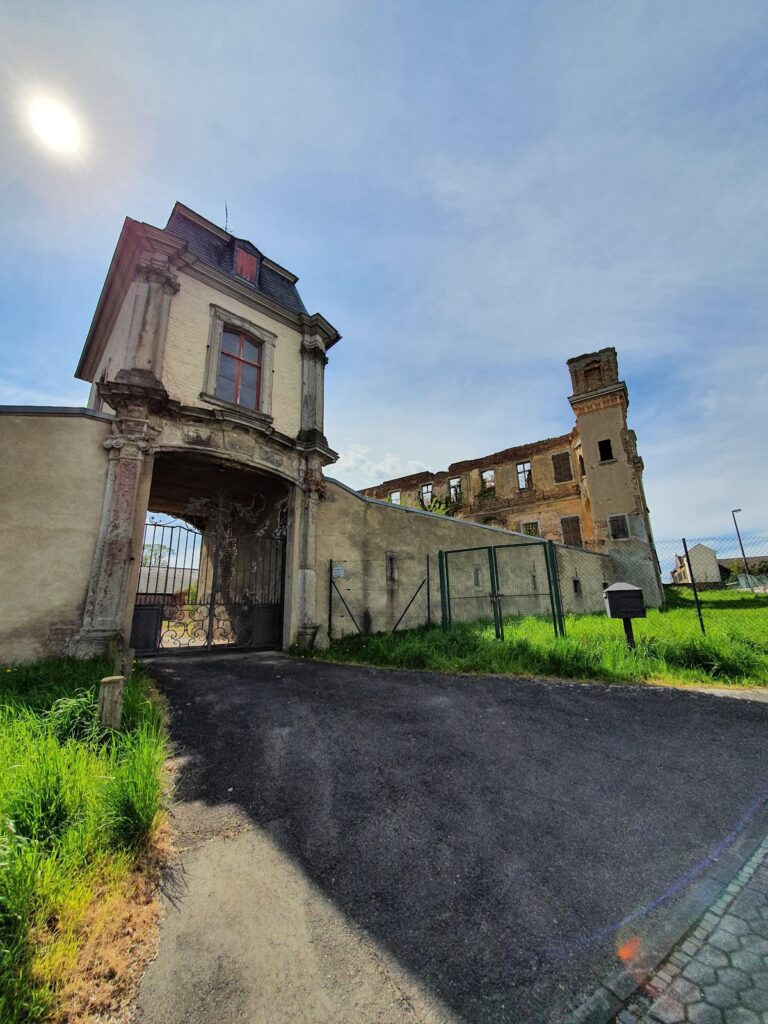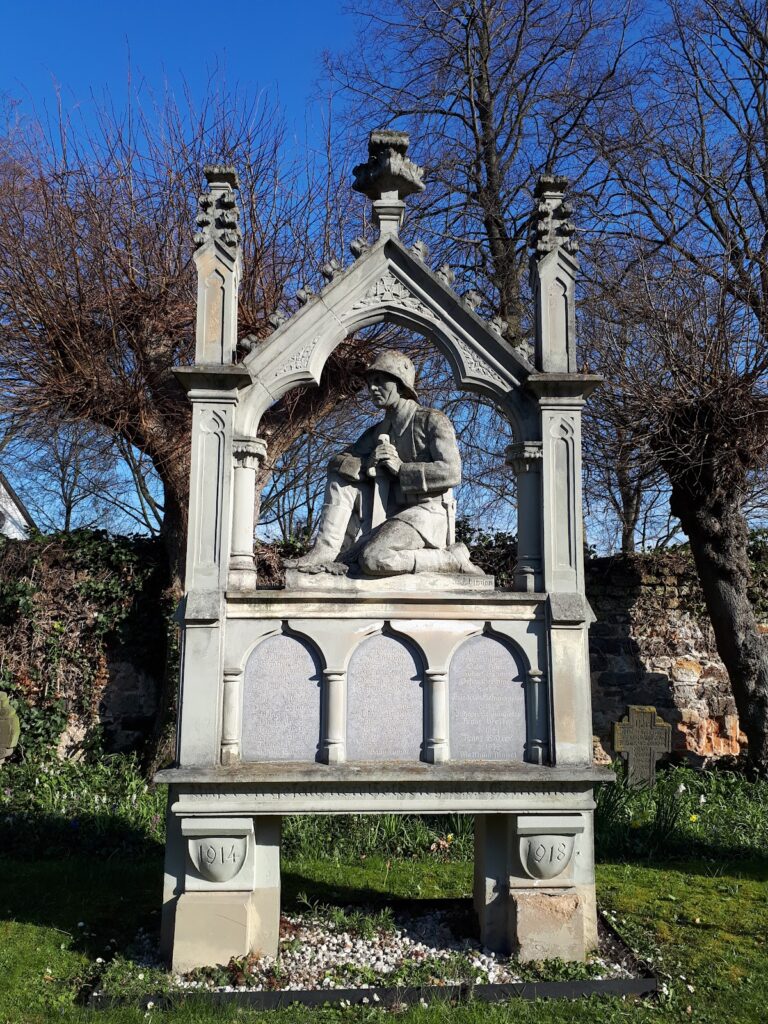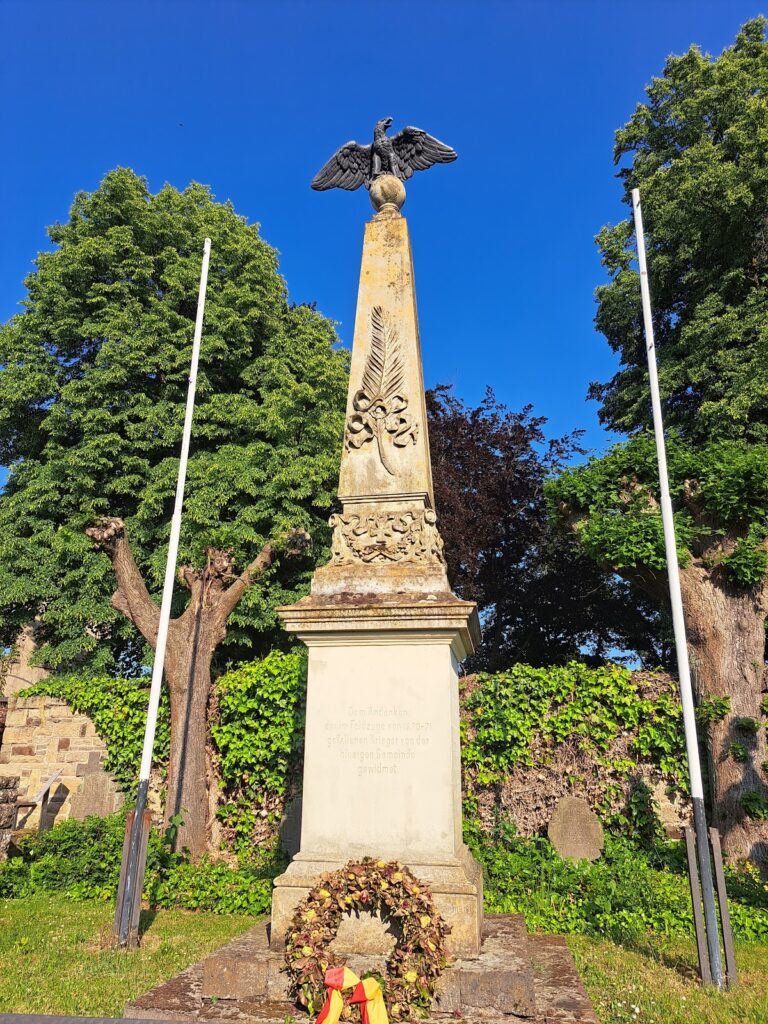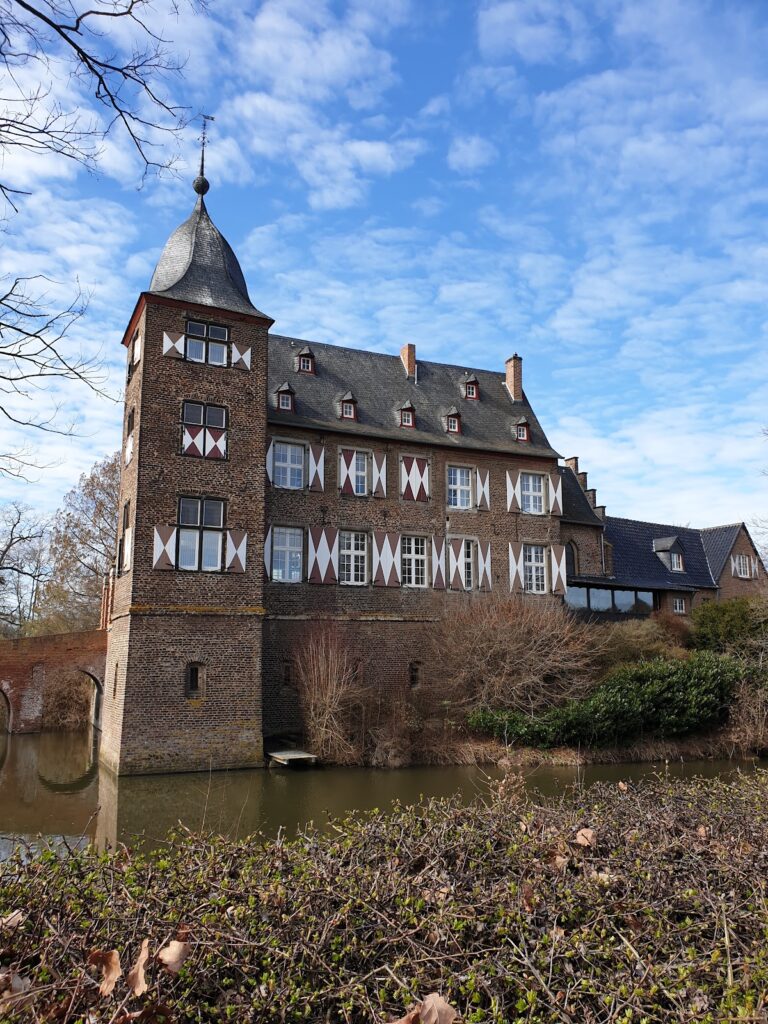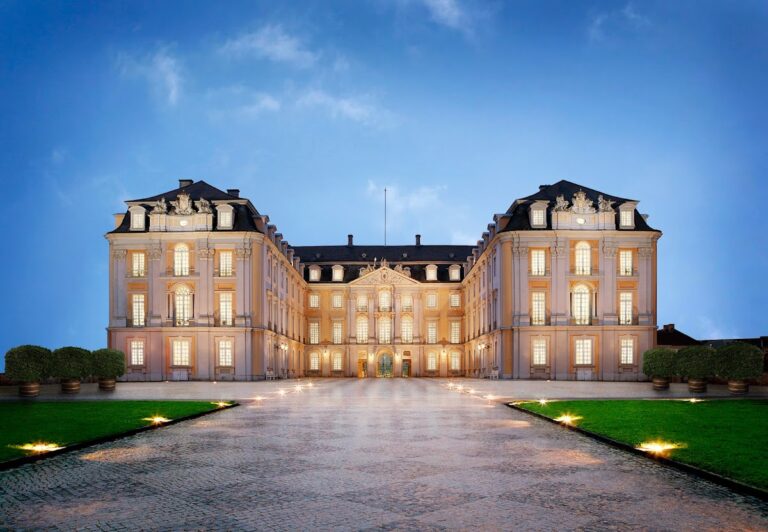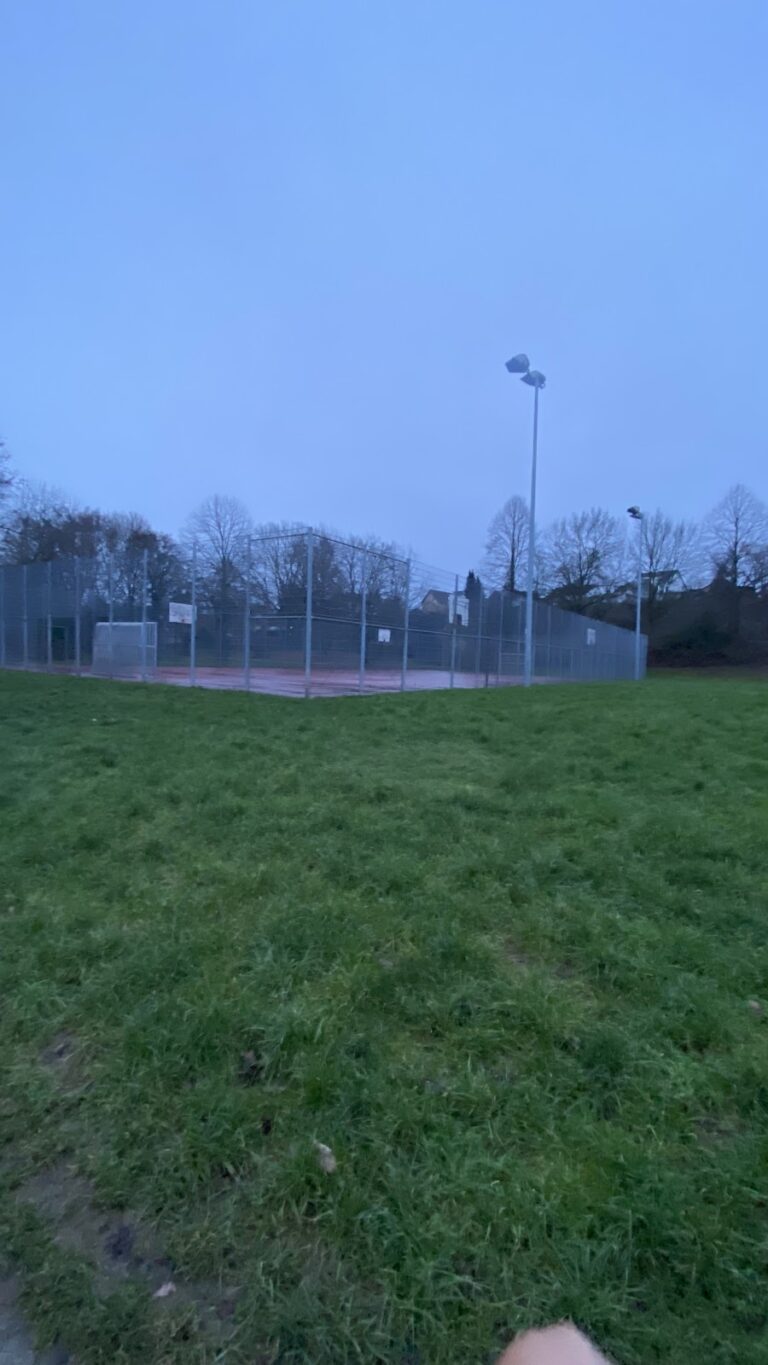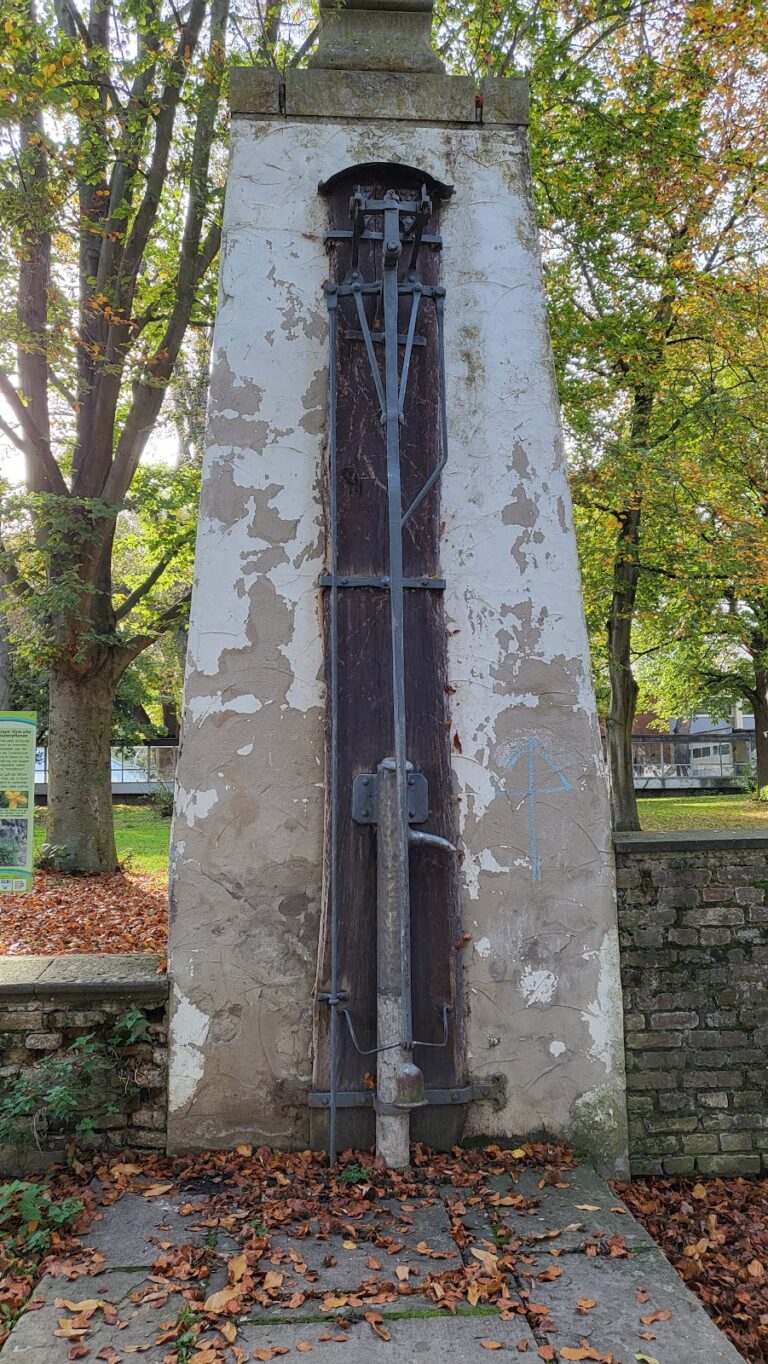Burg Hemmerich: A Historic Castle in Bornheim, Germany
Visitor Information
Google Rating: 3.9
Popularity: Low
Official Website: www.burg-hemmerich.de
Country: Germany
Civilization: Unclassified
Site type: Military
Remains: Castle
History
Burg Hemmerich is located in the municipality of Bornheim in present-day Germany. The site originally grew from a Roman settlement, indicating its occupation dates back to antiquity, though the castle itself is first recorded in the early 13th century.
The earliest known documentation of Burg Hemmerich appears in 1210, when it was recorded as the property of Albero von Hemberg, a knight belonging to an influential noble family. This initial phase established the castle as a noble residence and center of regional control. In the late 14th century, notably in 1392, the castle took on a new role when it became an “Öffenhaus,” or an official open residence, for the Archbishop of Cologne Friedrich von Saarwerden. This change occurred through the passing of hereditary titles between the von Hemberg and von Bachem families, which reflected shifting alliances and ecclesiastical influence in the area.
Ownership of Burg Hemmerich subsequently shifted among several noble lineages, reflecting the region’s dynamic aristocratic networks. From 1468, the von Aldenbrück family, also known as Velbrück, took possession. After 1611, the von Gevertzhans family controlled the estate, followed in later years by the combined von Francken-Sierstorff and von und zum Pütz families. During the early 18th century, specifically between 1729 and 1733, Maria Elisabeth zum Pütz implemented a significant remodeling of the castle, adopting the Rhineland Rococo style. This redesign mirrored the artistic preferences associated with her prominent family, which had ties to the municipal leadership of Cologne and Düsseldorf.
In the 19th century, Karl Freiherr von Nordeck acquired Burg Hemmerich in 1825, beginning a period of ownership that continued within the von Nordeck family into the early 21st century. The castle’s physical fabric endured considerable damage during this time, suffering major fires in 1869 and later in 1906. Following these events, the manor house was reconstructed in the Neo-Renaissance style according to plans by architect Wilhelm Graf Mörner. Despite these restorations, the castle faced further devastation in 1945, when a fire sparked by forced laborers liberated near the end of the Second World War destroyed much of the complex and ended its use as a noble residence.
Hunold Freiherr von Nordeck zu Nordeck was the last family member to live at Burg Hemmerich until his death in 2004. Afterward, the estate changed hands to the Stollenwerk family, and following Josef Stollenwerk’s death in 2016, it came under the care of an inheritance community. As of 2018, Burg Hemmerich remained in ruins with no active redevelopment plans.
Remains
Burg Hemmerich stands atop the ground once occupied by a Roman settlement, establishing a foundational layer beneath the medieval and later structures. While no detailed remains of Roman constructions are specifically described, the site’s long history links it to this ancient past.
The castle underwent a prominent transformation in the early 18th century, when Maria Elisabeth zum Pütz remodeled it in the Rhineland Rococo style. Although specific decorative details are not recorded, this phase would have involved significant alterations to the existing buildings, likely imparting ornate stylistic elements prevalent in that artistic movement.
Following the fires that struck the estate in 1869 and 1906, the manor house portion of Burg Hemmerich was rebuilt in a villa form characterized by Neo-Renaissance architecture. This reconstruction was carried out following designs by Wilhelm Graf Mörner, aiming to restore the castle’s residential function and appearance in line with contemporary nineteenth-century tastes. However, this rebuilt manor was itself consumed by flames in the last days of the Second World War in 1945, leaving the property in a ruined state.
Today, the castle site largely consists of ruins, with only fragmentary walls and structures remaining from past phases of construction. Some related economic buildings and the gate pavilion have been restored and preserved as of 2014, offering glimpses of the estate’s former functioning estate complex. Photographic records document these remnants, which stand on Jennerstraße within the Hemmerich district of Bornheim. The overall condition reflects the layered history of construction, destruction, and partial renewal that Burg Hemmerich has experienced over centuries.
